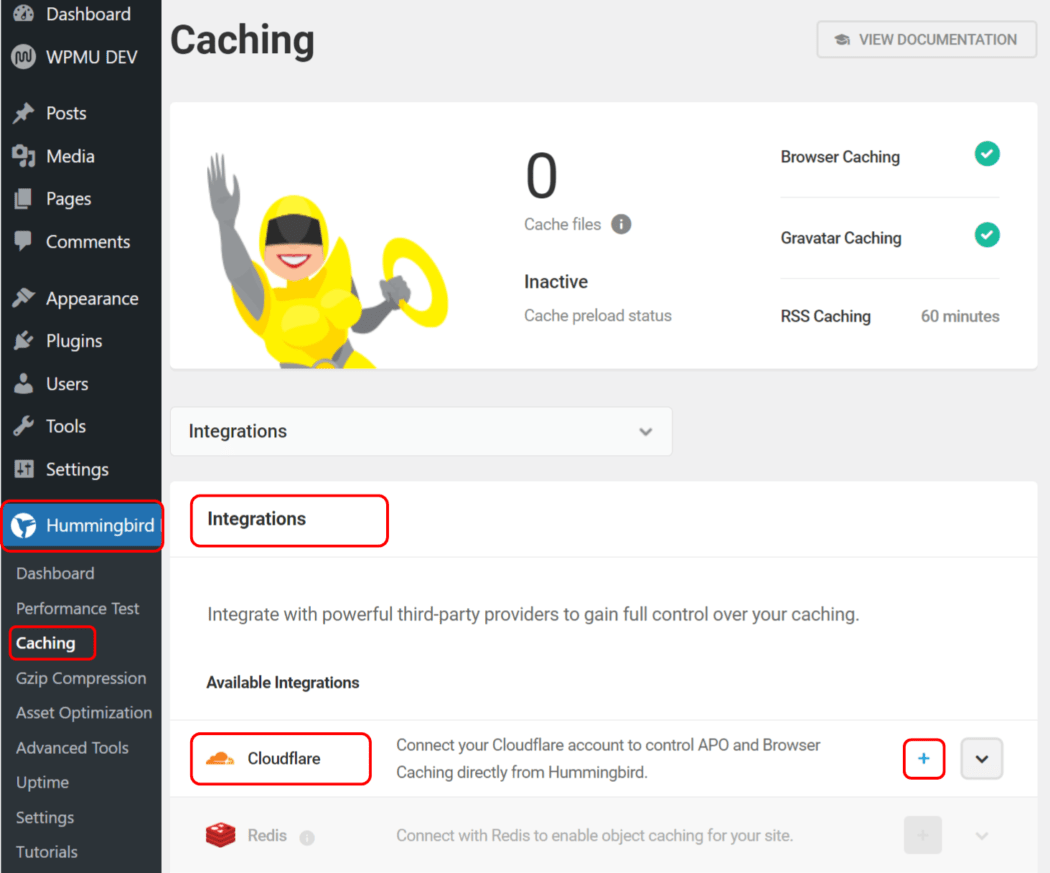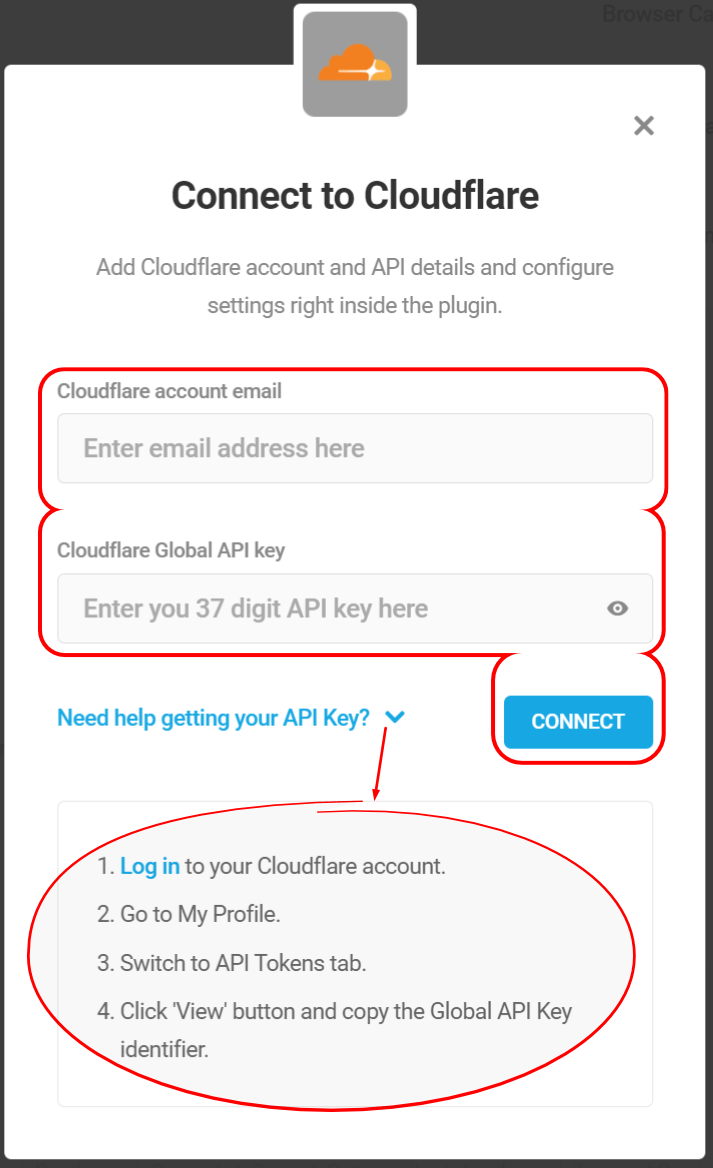It’s here. As of Hummingbird’s latest release (3.0) you can now integrate and control Cloudflare’s powerful APO feature straight from your Hummingbird dashboard.
A lot of awesomeness came with Hummingbird 3.0 (check out the full feature list and changelog), including an exciting new integration with Cloudflare’s Automatic Platform Optimization (APO) feature.
Why is it a big deal and how can it benefit you or your clients? You’ll find out in this article.
You’ll also learn how easy it is to activate and control this feature, right from your Hummingbird dashboard, and how using it alongside our hosting can result in even better performance.
Skip ahead.
Quickly jump to any section of this article:
- What is Cloudflare’s APO?
- The Perfect Trifecta
- Cloudflare Integration Setup
- Automatic Browser Caching
- Enable Automatic Platform Optimization
- (Cloud)Parting Thoughts
Automatic Platform Optimization (APO) is an additional cache feature that serves all site content from their network (including 3rd-party scripts), ensuring that your site is blazing fast.
If your business depends on successful, fast loading websites, it’s hard to ignore the benefits of APO.
The best news? It now integrates seamlessly with our Hummingbird performance plugin.
It used to be that in order to handle Browser Caching and APO from Cloudflare through your site, you had to activate their plugin.
However, this new integration changes all that, and installation of the Cloudflare plugin is not needed.
It also means you can avoid a separate login to Cloudflare every time you make a change on your site.
With the new Automatic Platform Optimization integration in Hummingbird, Cloudflare can also cache dynamic content and third-party scripts, so the entire site is served from cache.
Hummingbird, Cloudflare, and hosting by WPMU DEV (which is quickly rising in the ranks among the best WordPress hosts on the web) are all powerful on their own…
Put them all together and it’s lightning in a bottle. The best part is, both Hummingbird and Cloudflare can be used completely free.

Before we get to activating Cloudflare’s APO, let’s first take a look at how to integrate Cloudflare with Hummingbird.
routing your DNS to Cloudflare, which you would do through your account on their website. Once propagation completes, your traffic is now routed through Cloudflare.
From Hummingbird’s dashboard, click on the menu item Caching, then Integrations. Click on the blue plus sign to the right of Cloudflare, under Available Integrations.

In the popup window, enter your Cloudflare account email address and Global API Key.

If you get an error message when trying to connect, it’s likely due to recently adding DNS information through your Cloudflare account, and the settings not having propagated yet.
Give it a few minutes and try again.

Now that we’ve officially joined the happy couple, let’s see what’s on the menu.
see latest Cloudflare plan prices) on Cloudflare’s Free plan, and is already included in their Professional, Business, and Enterprise plans.
You can purchase the APO right from Hummingbird’s interface, click on “here” beneath the APO header (see screenshot below).
This will open a link to Cloudflare’s site, offer payment options, and take you through the checkout process. You can go directly through CF’s website for this process, if you prefer.

After you’ve acquired the APO service, you can turn the Enable APO switch ON, under Automatic Platform Optimization, from Hummingbird’s Dashboard > Caching > Integrations.
Once enabled, you can also set an additional option inside to cache content, according to the device types used by your site visitors.

Click the Re-Check Status button at any time to ensure that data displayed is up to date.
Alternatively, you can disconnect the Cloudflare integration from your site at will by clicking the Deactivate button.
Be aware that Cloudflare will still handle your browser caching, as your traffic is routed through them, but you’ll no longer be able to manage those settings from WP, and will have to do it directly through Cloudflare.

For more details on this Cloudflare APO integration read Hummingbird’s full documentation.
Also keep in mind that WPMU DEV’s 5-star support team is available for assistance, 24/7, should you run into any issues or questions during setup.

Hummingbird’s seamless integration with Cloudflare delivers an incomparable experience.
If you want to really blow your page loading speed out of the water, it’s worth considering a paid service from Cloudflare, and taking advantage of all that their APO offers.
Add a trusted, fully dedicated hosting solution (WPMU DEV hosting provides one of the best individual WordPress site experiences, backed by Digital Ocean), and your site can experience warp speeds.
Give it a go yourself with our 7-day free trial. You’ve got nothing to lose, and everything to gain.
If you engage the above trio, you get performance, speed, protection, and world-class support, all with the ease of a single source of input via Hummingbird’s streamlined dashboard settings.
Your site will zip and hum with enviable aplomb.
Source: wpmudev.com